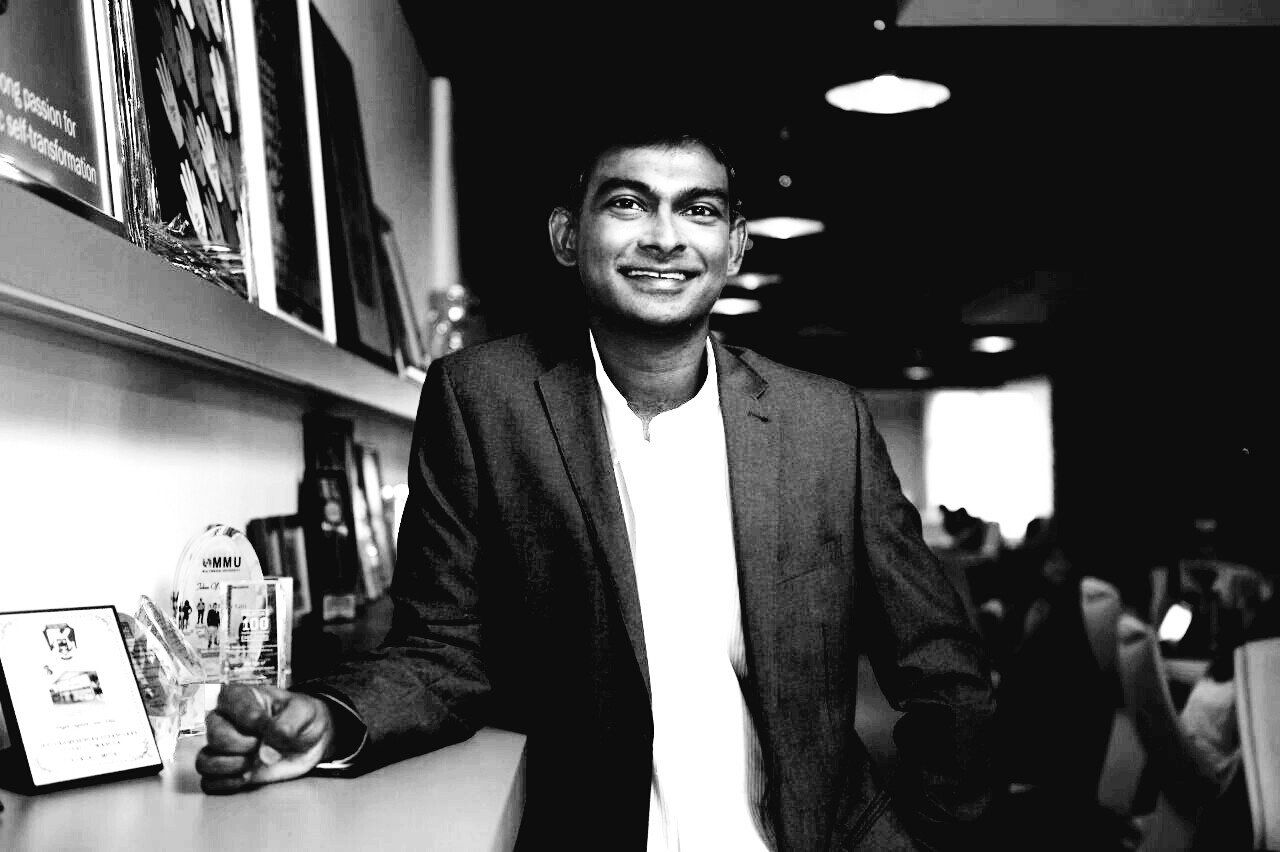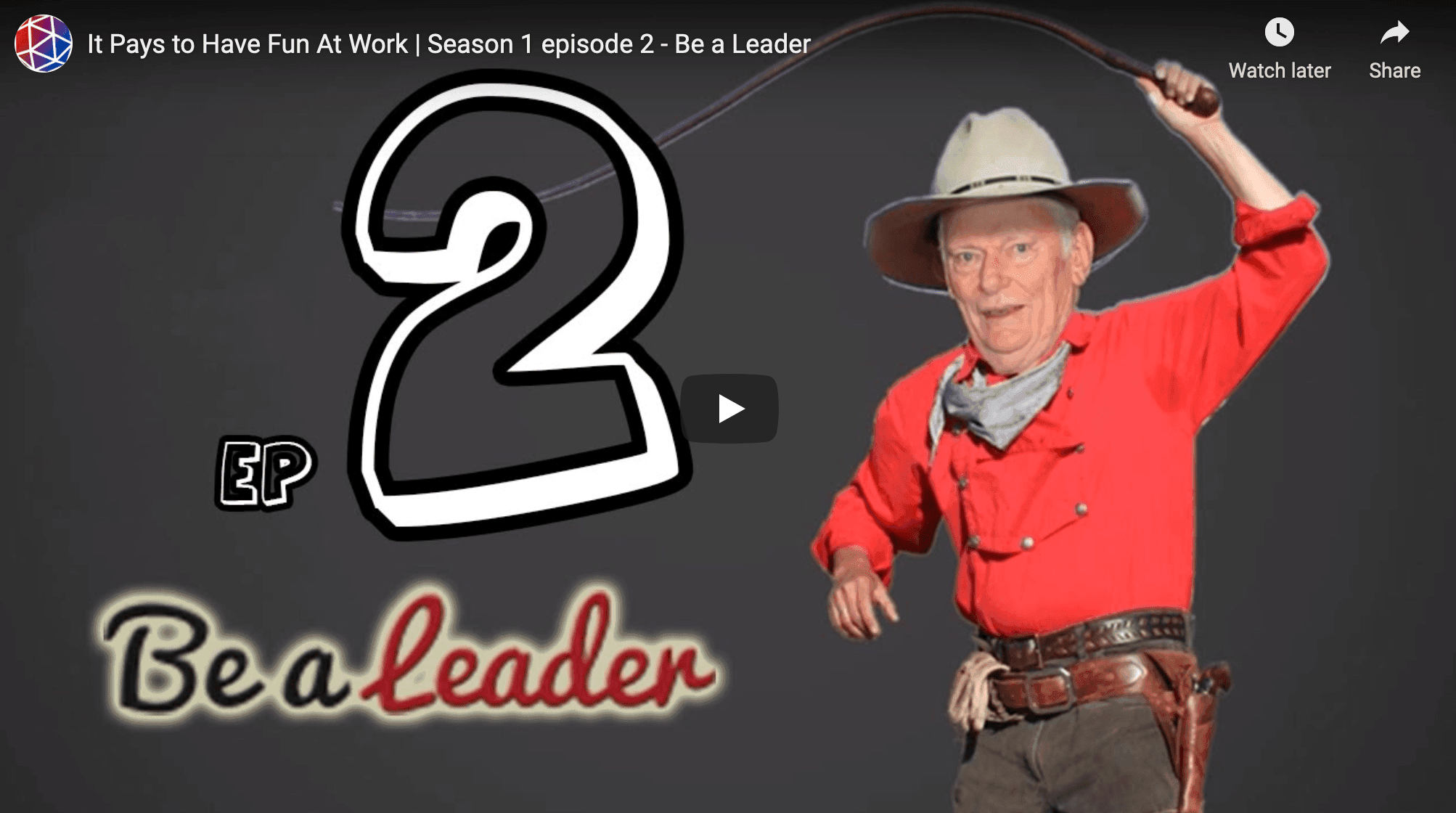Just Fix Your Broken Windows

When I joined (General Electric) GE in the mid-1990s, Jack Welch was in the final stages of transforming GE. He took GE from an American legacy business into a highly productive engine. Fortune magazine named him Manager of the Century because of that feat. Numerous initiatives were hailed as reasons for his success. Yet, when other organisations tried to copy Welch’s transformation steps, they never quite succeeded.
Welch told GE shareholders, “Not removing the bottom 10% is not only a management failure but false kindness as well.” He insisted ritually on firing the bottom 10% of employees yearly. And he succeeded in yearly renewing GE. Yet, when other companies tried to emulate his cleansing efforts, they got sued, employee morale was affected and productivity dipped. Welch introduced WorkOut, made Six Sigma a worldwide fad, developed job rotations, and introduced practices like “being No. 1 or No. 2”.
Yet, what had worked at GE never really produced the intended effect in other companies. Ford Motor, for example, shelled out US$10.5mil to settle a class-action suit brought by employees when they replicated GE’s forced ranking system. Why was this the case?
Some may not remember, but Welch was initially not successful in his transformation. The press called him Neutron Jack and his employees loathed him. Even though he restructured, he struggled to make changes to GE and had minimal results. He got rid of 118,000 people, but middle managers would rehire them as temporary workers, consultants or contractors. Everything Welch did was sometimes undone by his own employees.
Until he realised that it was about engaging his workforce to drive the change. What he needed was a cultural revolution. He realised the key to organisational change lies in the ability to change culture. He picked pieces of GE’s culture that was hurting his renewal process and addressed them. WorkOut initially addressed lack of ownership by employees but later helped raise productivity. His job rotational policy initially addressed the culture of being contented and resistant to change, but resulted in a dynamic breed of leaders.
His bottom 10% policy, addressed the performance culture issue. Each cultural issue addressed had a direct impact on his turnaround success. Cultural change was so important to Welch that he invested millions in a cultural centre called Crotonville. This became his nerve centre for driving cultural change, which was later mistakenly copied by other companies as a learning centre.
WorkOut, Crotonville or the bottom 10% policy are easily copied initiatives. But what many failed to understand was that each initiative addressed GE’s cultural issues, not theirs. So, copying GE brought little benefit as Ford and numerous other ‘copycats’ found out to their peril.
I learnt this lesson the hard way when I was sent to Dallas to lead an integration project. It was my first big leadership role and I wanted to impress. I gathered input, engaged leaders and quickly executed and implemented the change. But the transformation never materialised. I questioned my failure, and it turned out that although I did everything ‘right’, I failed to address organisational cultural issues. This failure was important as I learnt first-hand the direct correlation between change and culture.
Returning to Malaysia a few years later to an aircraft overhaul shop plagued with low productivity and low growth, we immediately knew culture had to be addressed first. And so the outcome was different. The shop grew from a local company to a global organisation with world-class performance standards. We brought in expatriates, not for their technical knowledge, but to help in developing and role-modelling a new culture.
We had satay parties to celebrate various individuals and groups that drove productivity to develop a new culture of productivity. We implemented Action-learning projects that engaged employees and built a sense of ownership. In just years, we reaped the result of this culture-based approach.
Datuk Seri Idris Jala, successfully took cash-strapped MAS from the brink of extinction to record profits in two years. Many touted his three-year plan for turnaround as brilliant. Yet, if you review what he has done at MAS, it is the cultural transformation that has driven much of the changes there. Recently, Idris outlined steps he used in transforming MAS from “the game of the impossible” to “divine intervention”. If you listen, he will explain that part of the MAS culture was a worry-free environment where nothing mattered.
Whenever MAS was in trouble, someone would bail it out. Idris built a case for change around the fact that the then Prime Minister said the Government would NOT bail out MAS this time. They had to survive. And he rallied the organisation around this necessity to change its culture. Another step was termed “anchoring everything on the P&L”. Idris was obsessed with having a daily P&L. MAS had a culture where accountability was lacking. By driving this P&L rigour, Idris was changing MAS’ culture from lack of ownership to a new culture of responsibility and personal accountability.
Idris’s other steps, including “discipline of action” and “building a winning coalition”, really tackled other cultural issues at MAS, including lack of empowerment and execution. Profitability Labs, introduced throughout MAS, where people responsible for routes and yields were essentially “locked up” in a room until they came up with a plan to drive profitability and yields, transformed the culture of how MAS employees worked with each other and created a new culture of executing with passion and focus.
This might interest you: Raise Your Game: Creating Change Through Culture
The Broken Windows Theory
This theory of culture before process change is not a new one. Psychologists term this the Broken Windows Theory.
In 1992, there were 2,154 murders and 626,182 serious crimes in New York City. Within five years, the murders had dropped by almost 70% and serious crimes dropped by 50%. I happened to be working and living in the city at that period and witnessed the transformation from a dangerous city into one of the safest cities. How did crime just drop within a short period to an all-time low?
David Gunn and William Bratton, two key players in the transformation, practised the Broken Windows theory. The Broken Windows theory states that culture is a key reason why crime is committed and not bad people. So, instead of catching murderers and serious crime offenders, if you manage to change the culture of the place, crime could be reduced. In this case, broken windows in the city symbolised that nobody cared about crime and it was a cultural norm of the city.
Gunn and Bratton went out and focused on the New York City subway system and eliminating petty crimes and fixing all broken windows and graffiti in the city. They worked tirelessly to catch folks that did not pay subway fares and cleaned all graffiti in the subways. With the subways looking cleaner and petty crimes eliminated, it created an impression that crime was not the ‘culture’ of the city. Soon, it started to yield its results and bigger crimes disappeared. It was not a result of focusing on eliminating murderers or special prevention programmes. It was as simple as cleaning up the image of the city, creating a new ‘culture’ which was visible and soon embraced in the city.
And so, if you want to drive change in your school, your city or your organisation, focus on culture. It’s not about copying Idris Jala or Jack Welch’s best practices, because your culture is different. Just fix your “broken windows” and see your new culture drive your transformation efforts.
To watch a great video on the Broken Window concept from the “Be a Leader” video series, click below:
Roshan Thiran is the CEO of Leaderonomics – a social enterprise working to transform lives through leadership development and nurturing potential. Connect with Roshan on Twitter and on Facebook for more insights into business, personal development, and leadership.
Leadership
Tags: Be A Leader
Roshan is the Founder and “Kuli” of the Leaderonomics Group of companies. He believes that everyone can be a leader and "make a dent in the universe," in their own special ways. He is featured on TV, radio and numerous publications sharing the Science of Building Leaders and on leadership development. Follow him at www.roshanthiran.com





